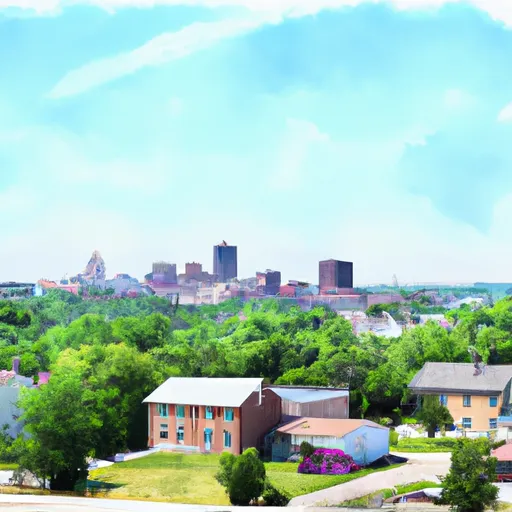°F
°F
mph
Windspeed
%
Humidity











New Boston is a small town located in northeastern Missouri, United States. The climate in this region is classified as humid subtropical, characterized by hot and humid summers, mild winters, and a moderate amount of rainfall evenly distributed throughout the year. Summers often reach temperatures above 90°F (32°C), while winter temperatures range from 20°F to 40°F (-6°C to 4°C).
The hydrology constituents in New Boston mainly revolve around its proximity to the Mississippi River. The town offers scenic river views and access to various water activities like boating, fishing, and kayaking. The Mississippi River also attracts migratory birds, making it a popular spot for birdwatching enthusiasts.
Aside from water-related activities, outdoor recreation opportunities in New Boston include several parks and trails. The town has well-maintained parks with facilities for picnics, playgrounds, and sports. Nature lovers can explore trails that wind through forests and fields, providing opportunities for hiking, biking, and wildlife observation.
In conclusion, New Boston, Missouri, enjoys a humid subtropical climate, offering hot summers, mild winters, and a moderate amount of rainfall. With its proximity to the Mississippi River, residents and visitors can engage in various water activities. The town also provides opportunities for outdoor enthusiasts to enjoy parks, trails, and the region's natural beauty.
Weather Forecast
New-Boston receives approximately 995mm of rain per year, with humidity levels near 82% and air temperatures averaging around 12°C. New-Boston has a plant hardyness factor of 5, meaning plants and agriculture in this region thrive during a short period during spring and early summer. Most plants will die off during the colder winter months.
Regional Streamflow Levels
361
Cubic Feet Per Second
62
Cubic Feet Per Second
66
Cubic Feet Per Second
154
Cubic Feet Per Second
Nearby Camping
| Camping Area | Reservations | Toilets | Showers |
|---|---|---|---|
| Shadow Rock Park | |||
| Lead Hill - Bull Shoals Lake | |||
| Katy Roundhouse Campground | |||
| Tyler Bend - Buffalo National River | |||
| River Run | |||
| Carver - Buffalo National River |



